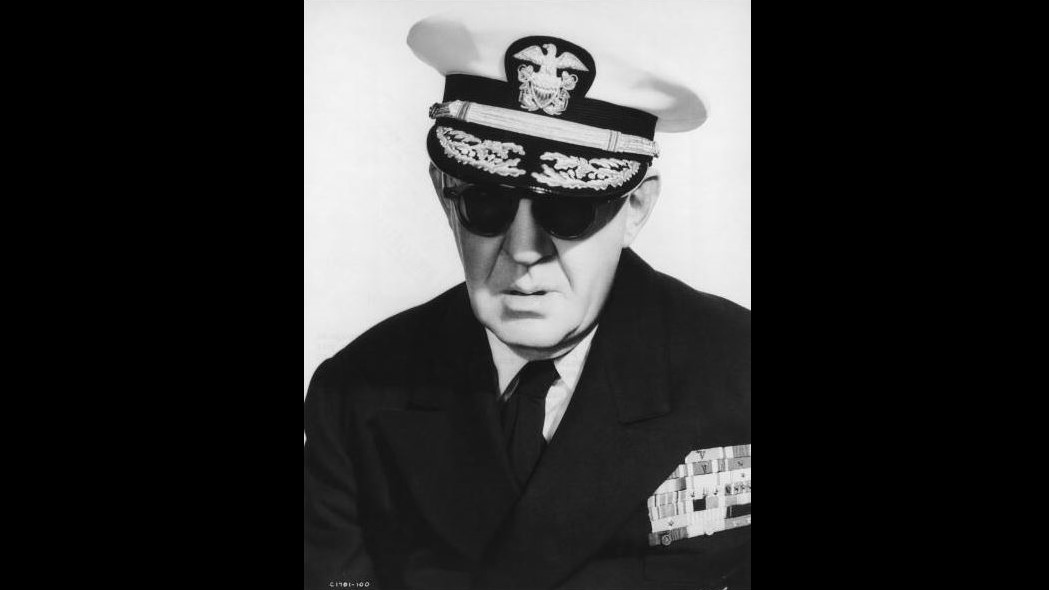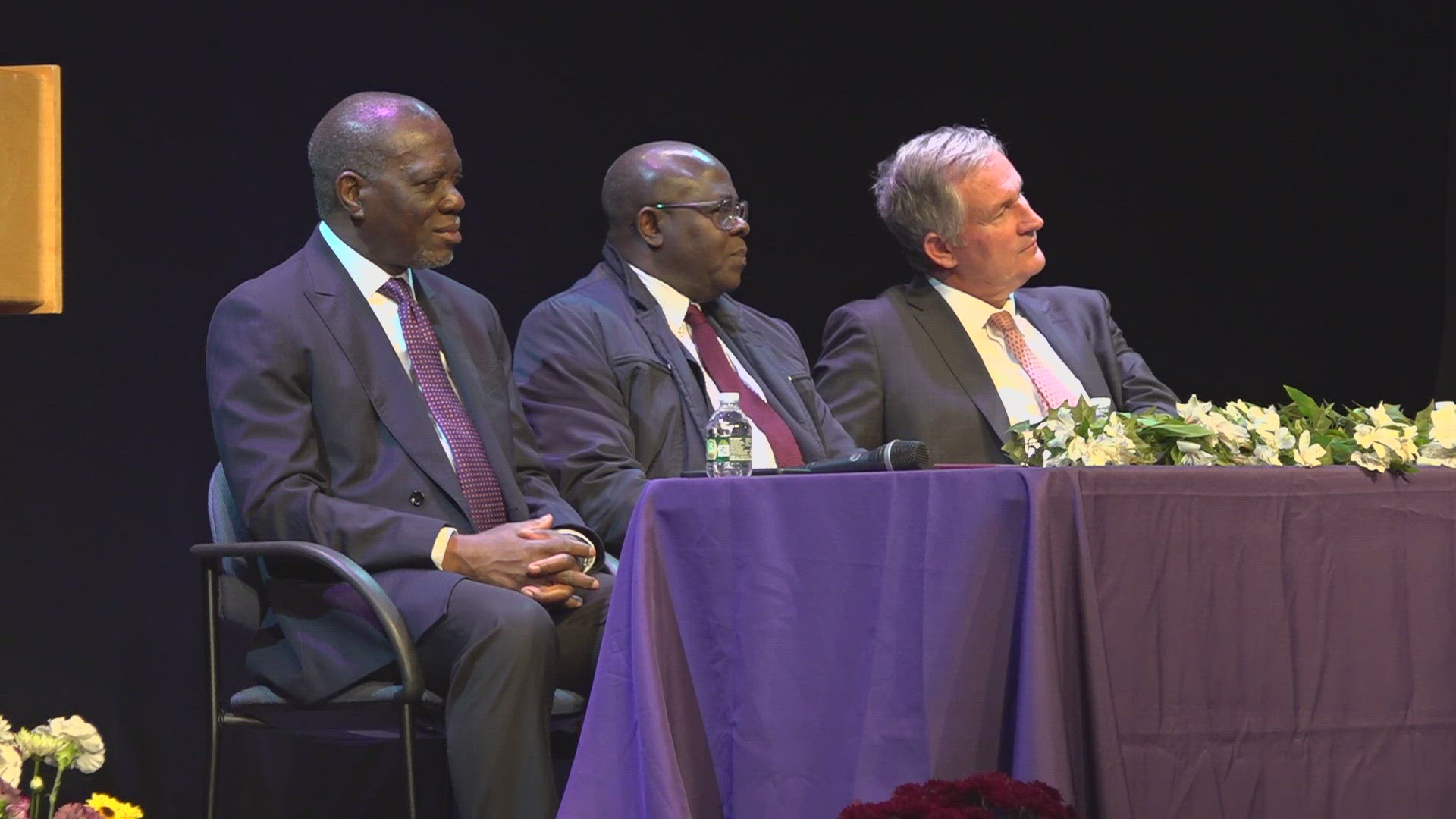(NEWS CENTER) — Director John Ford, born John Martin Feeney in Cape Elizabeth, already had an epic career as a western film director before joining the Navy Reserve in 1942.

Ford enthusiastically joined the newly created Office of Strategic Services (OSS) Field Photographic Branch and was dispatched to the Pacific Front by both the Secretary of the Navy and the Secretary of War to document the action as a lieutenant commander.
According to Ford, he was sent to create a project in Pearl Harbor shortly after it had been attacked back in December 1941. About two weeks later, he was sent further west to Midway Atoll.
Unlike Ford's superiors, who had intentionally sent him to what would become a 'hot zone' -- he "...didn't believe much in impending action."
Before the Battle of Midway had begun, Ford was placed in the top of the island's power station. Ford thought it would be a good vantage for his cameras, even though Captain Samard had asked him to "...forget the pictures as much as you can, but I want an accurate account of the bombing."
During the first bombardment on June 4th, 1942, Ford counted as many as 62 bombers. Since his figures were confirmed by another seaman they were used in the official battle log.
"I was knocked unconscious. Just knocked me goofy for a bit, and I pulled myself out of it."
One of the first buildings to be targeted and successfully bombed was a hanger on Sand Island. As a result of the impact, Ford was hit in the arm with shrapnel. Ford continued to shoot footage after he got his bearings back.
When the combat settled on June 7th, the efforts by the Japanese to destroy American forces in the middle of the Pacific were largely a failure. In relation to the US, there had been half as many aircraft losses compared to Japan and only one US destroyer was sunk compared to Japan's four.
307 Americans died from the engagement.
Ford became paranoid that his footage would be homogenized or censored if he submitted it back to the government after his return. Instead, he completely circumvented the military by bringing his 'dailies' to Hollywood to be cut together by editor Robert Parrish.

Director Ford had been diligent enough to film President Franklin D. Roosevelt's son, Major James Roosevelt (USMC), while they were serving in the Pacific. As a final tweak, Ford made sure a shot of James made the reel. Due to the high-profile of Ford, and the battle, President Roosevelt agreed to privately screen the 18-minute finished film.
Whether it was the Hollywood style of the final cut or the insert shot of FDR's son James, the president endorsed the release of The Battle of Midway in 1942.
Click RIGHT HERE for Ford's archived interview with the US Navy.
Ford continued to command in the OSS Photographic Branch until 1955, including being part of a huge team effort to document the invasion of D-Day in 1944.
Battle of Midway was one, of four, of the first documentaries to be nominated and win an Oscar in 1943.
A big budget Hollywood production entitled Midway starring Charlton Heston and Henry Fonda (who had narrated the original documentary) was released in 1976.


